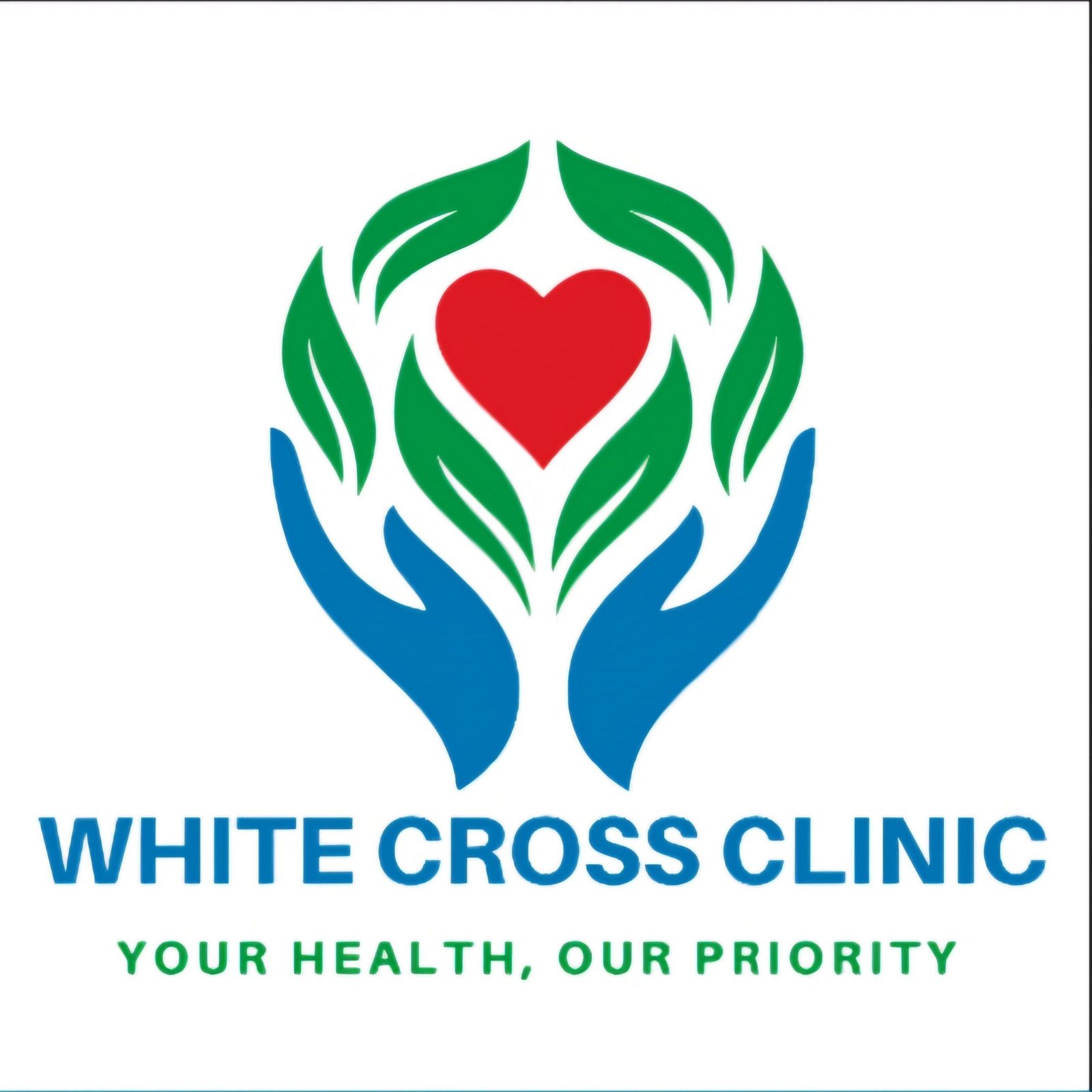Overview
Exercise-induced asthma is when the airways narrow or squeeze during hard physical activity. It causes shortness of breath, wheezing, coughing, and other symptoms during or after exercise.
The medical term for this condition is exercise-induced bronchoconstriction (brong-koh-kun-STRIK-shun). Many people with asthma have exercise-induced bronchoconstriction. But people without asthma also can have it.
Most people with exercise-induced bronchoconstriction can continue to exercise and remain active if they treat symptoms. Treatment includes asthma medicines and taking steps to prevent symptoms before physical activity starts.
Products & Services
Symptoms
Symptoms of exercise-induced bronchoconstriction usually begin during or soon after exercise. These symptoms can last for an hour or longer if untreated. Symptoms include:
- Coughing.
- Wheezing.
- Shortness of breath.
- Chest tightness or pain.
- Fatigue during exercise.
- Poorer than expected athletic performance.
- Avoiding activity, which happens mostly in young children.
When to see a doctor
See your health care provider if you have symptoms of exercise-induced bronchoconstriction. A few conditions can cause similar symptoms, so it’s important to get a diagnosis as soon as you can.
Get emergency medical treatment if you have:
- Shortness of breath or wheezing that is quickly getting worse, making it hard to breathe.
- No improvement even after using a prescription inhaler for asthma attacks.
